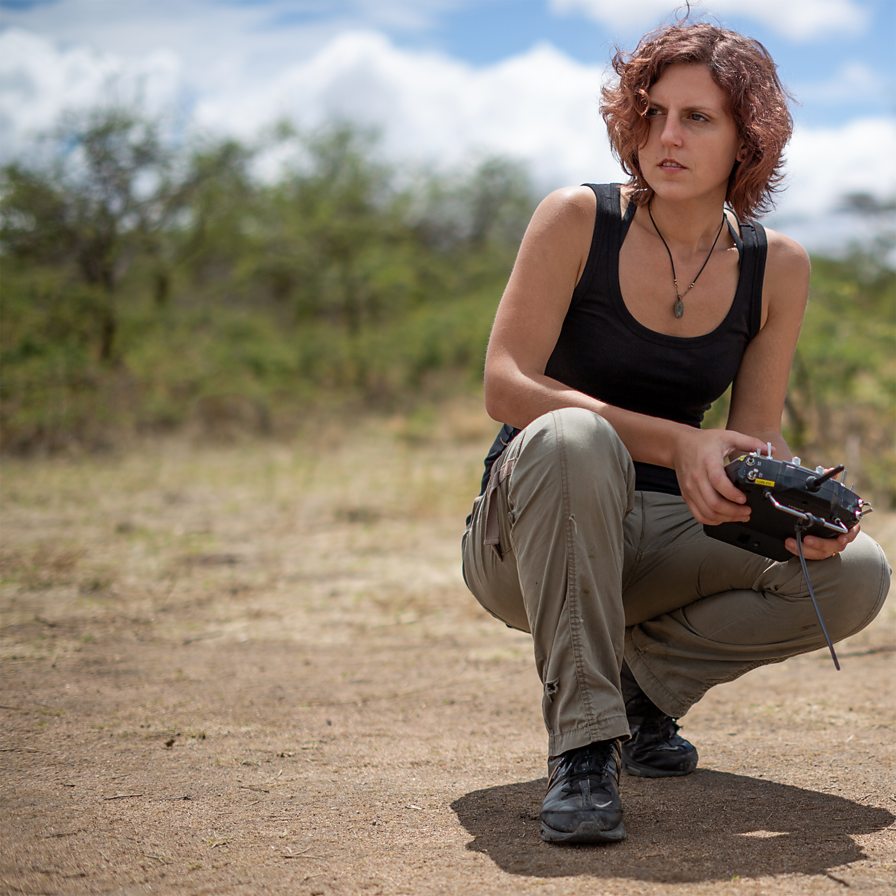As environmental challenges intensify, conservation technology has become a transformative force in biodiversity protection. By integrating cutting-edge science with practical innovation, this field equips conservationists with tools to monitor, model, and mitigate biodiversity loss more creatively and effectively than ever before. High-resolution data from camera traps, drones, satellites, and environmental DNA (eDNA) provide critical insights into species populations and environmental changes. Emerging technologies such as artificial intelligence and blockchain are enhancing data-driven conservation planning and expanding opportunities for engagement in the field. From tracking elusive wildlife to assessing entire ecosystems, advancements in hardware, software, computing, and biotechnology are reshaping how we study and safeguard nature. These tools not only enhance research and decision-making but also bridge the gap between science and action, empowering conservationists and communities alike.
However, technology alone is not a silver bullet. Some tools fail to deliver on their promise, while others face barriers to widespread adoption due to high costs, limited technical expertise, and resource constraints. Additionally, if applied without careful consideration, technology can introduce ethical concerns, such as data privacy issues or unintended ecological harm. For conservation technology to reach its full potential, investment in training, collaboration, and accessibility is essential. By embracing innovation while addressing these challenges, we can harness technology to build a more effective, inclusive, and impactful future for conservation.
The Introduction to Conservation Technology course explores the core components of conservation technology, including hardware and software tools, data-driven decision-making, and ethical considerations. In this course, we’ll cover:
- What defines conservation technology? An overview of the field’s core tools and innovations.
- Who are the key players? The role of diverse stakeholders and the importance of collaboration in shaping conservation tech.
- What challenges exist? Barriers faced by end-users and developers in implementing and advancing these technologies.
- What ethical concerns arise? Addressing unintended consequences to ensure technology benefits both people and nature.
- What does the future hold? Strategies to make conservation technology more efficient, scalable, and impactful in combating biodiversity loss.
By the end of the course, you should gain a comprehensive understanding of how conservation technology can drive impactful, scalable, and sustainable solutions to biodiversity loss.
Why take this course?
- Through this course, you’ll gain a comprehensive understanding of the potential of conservation technology to create scalable, data-driven solutions to combat biodiversity loss and drive meaningful change, along with pitfalls and challenges that must be addressed along the way.
Who is this course for?
- These lessons are designed for students, early-career researchers, conservation practitioners, and anyone interested in learning the fundamentals of this field.
What do you need to know?
- This is a course for beginners, no previous experience with conservation technologies or tools is required!
- A basic understanding of wildlife ecology and conservation biology is helpful, but not mandatory.
Lessons Outline
Welcome to the Introduction to Conservation Technology course! This set of lessons introduces participants to the rapidly evolving field of conservation technology, exploring its role in addressing biodiversity loss and ecosystem degradation, outlining potential harms and overcome them, and looking forwards the innovative future of the sector.
Through five lessons, participants will:
- Learn about the foundations of conservation technology, its purpose, and the key stakeholders driving innovation.
- Gain familiarity with the diverse range of tools defining conservation technology, from wildlife tracking devices to remote sensing applications, and will critically examine their effectiveness in data-driven decision-making.
- Learn about the interdisciplinary nature of this field and the driving need for collaborative efforts.
- Explore ethical considerations, including equity, privacy, and environmental impact.
- Understand how accessibility and scalability are shaping its future.
The course concludes with a discussion on overcoming implementation barriers and harnessing opportunities to shape a more effective and inclusive future for conservation technology. Each lesson additionally links to further literature, case studies, and other resources to help deepen your knowledge of specific topics. By the end of the course, you should be equipped with the knowledge to critically engage with and contribute to this dynamic field!
Discussion
Use this space to ask questions, discuss with fellow participants, or share your thoughts after course completion.
Participants
Below are the WILDLABS members who have enrolled in and completed this course.

Ecologist, biodiversity expert

Wildlife conservationist, ichthyologist, now pursuing a career in Software Engineering and Web Development


Hi! MS student specializing in biodiversity policy and data science at University of California, Davis. Always happy to chat!


a Research Entrepreneur always looking for ways to demonstrate the interconnectedness of nature & our livelihoods


Wildlife biologist

Zoologist, Ecologist, Herpetologist, Conservation Biologist



Conservation biologist eager to develop AI skills
Further Reading
There are numerous fantastic resources for conservation technology, and the number grows by the day! Some of the readings that we have recommended throughout this course include:
- Conservation technology: The next generation
- A global community-sourced assessment of the state of conservation technology
- Conservation tools: the next generation of engineering–biology collaborations
- Technology for nature conservation: An industry perspective
- Futurecasting ecological research: the rise of technoecology
- Digital technology and the conservation of nature
- Identifying technology solutions to bring conservation into the innovation era
- Emerging technologies to conserve biodiversity
- Ecology and conservation researchers should adopt open source technologies
- Principles for the socially responsible use of conservation monitoring technology and data
- Digital equity in a crowded tool space: Navigating opportunities and challenges for equitable implementation of conservation technologies
- Responsible AI for conservation
- Conservation and people: Towards an ethical code of conduct for the use of camera traps in wildlife research































Latest Course discussion